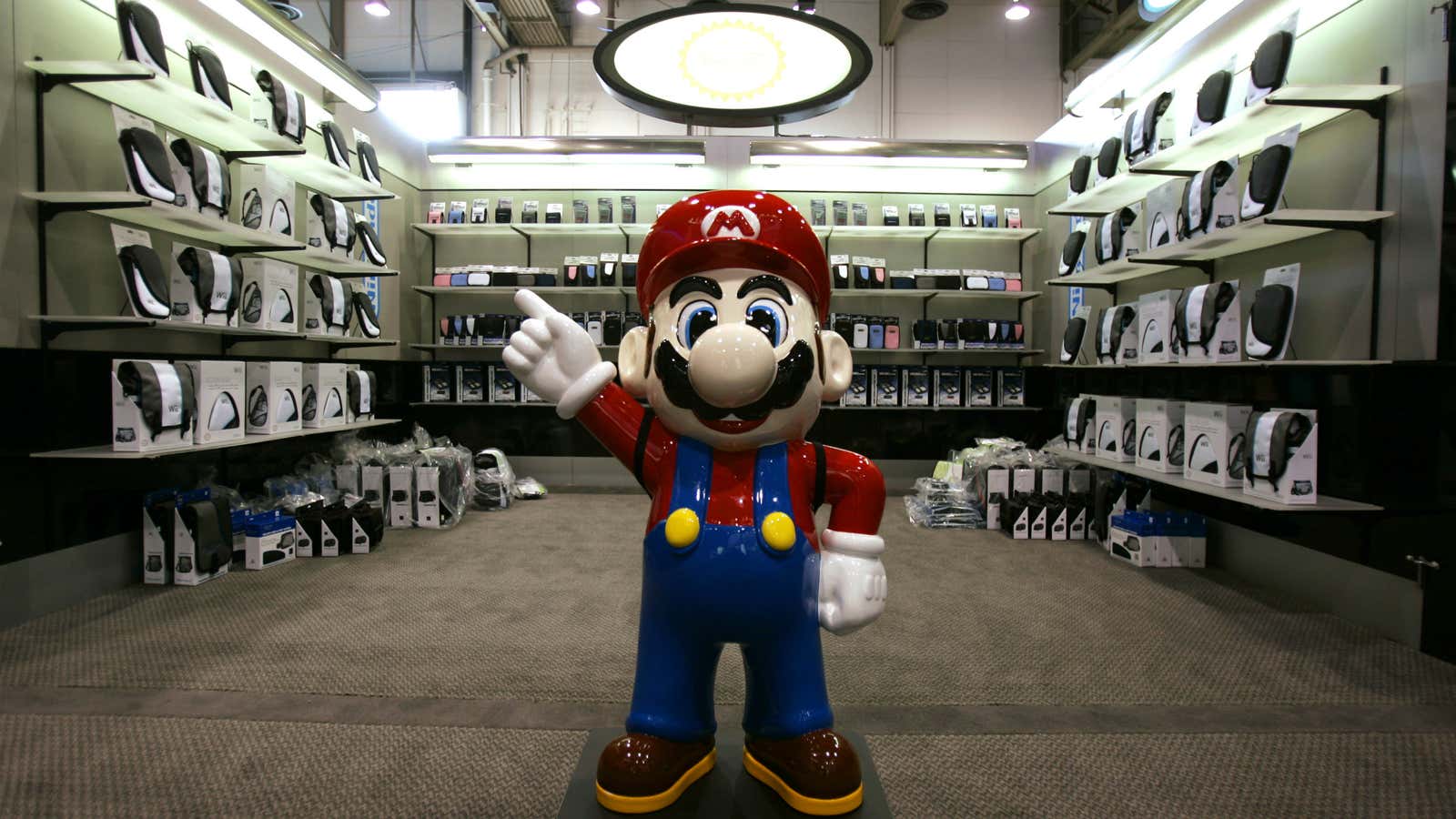Hiroshi Yamauchi, the man who ran Nintendo from 1949 to 2002 and transformed it into a video game goliath, died Thursday at the age of 85. The great-grandson of the man who founded the company in Kyoto in the 1880s, Yamauchi took on Nintendo when it was a manufacturer of playing cards known as hanafuda.
Nintendo’s hanafuda cards were made from crushed mulberry tree bark and emblazoned them with ornate pictures of animals, plants and flowers. While Japanese card games date back to the late 1500s, hanafuda were also closely associated with gambling and the Yakuza. In fact, the word Yakuza—Ya-ku-za means “8-9-3″—comes from a losing hand in a blackjack-like game played with hanafuda cards. (As the hand was essentially useless, ya-ku-za became a sort of shorthand for “useless” or “good-for-nothing.”)
Of course, all that is ancient history, largely because of the visionary leadership of Yamauchi. Inspired by the success of California’s Atari in the late 1970s, he steered Nintendo towards video games. His best move, perhaps, was hiring Shigeru Miyamoto—a Manga-obsessed art school graduate with a degree in industrial design who eventually became the genius behind Donkey Kong, Super Mario Bros. and the Legend of Zelda.
Until his death, Yamauchi remained the largest shareholder in Nintendo and one of the wealthiest men in Japan, with a fortune estimated at $2.1 billion.
